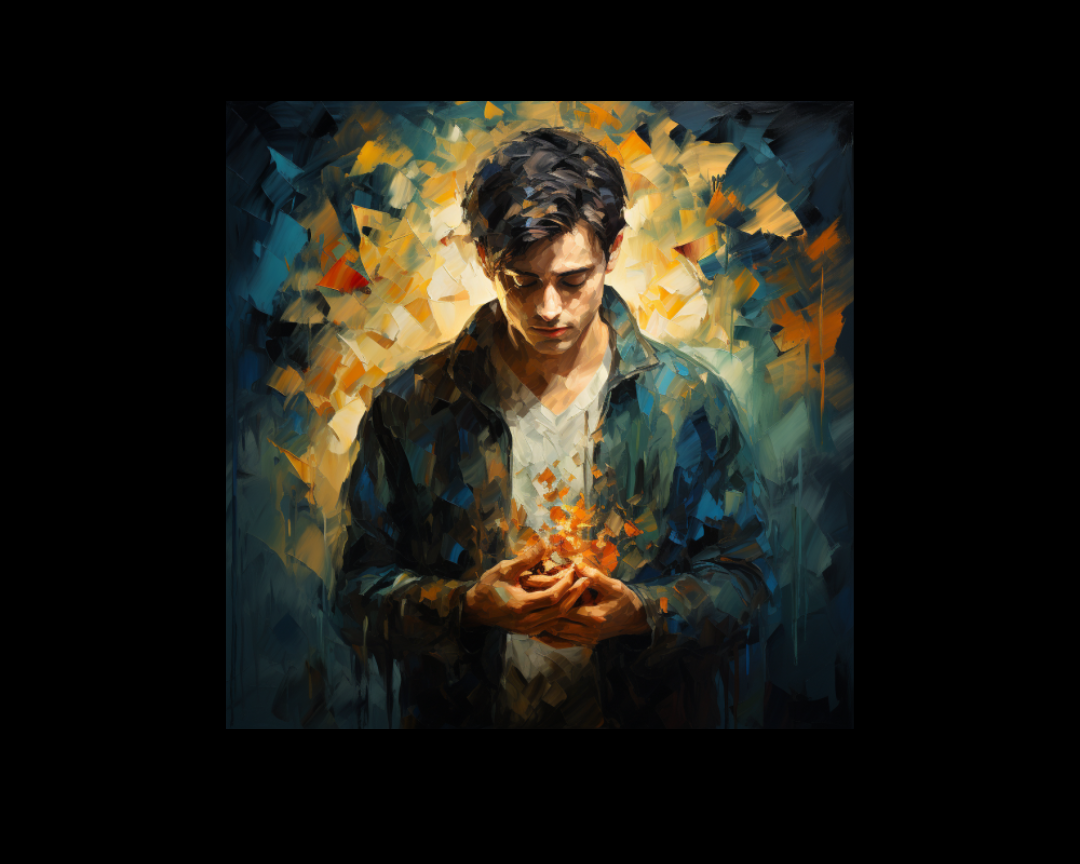Building the Ensemble: Crafting Compelling Characters in Stories
Unlocking the Magic of Character Dynamics

What exactly does meaning entail in the realm of storytelling? When can a narrative be deemed meaningful?
This article covers various perspectives on infusing your plots and characters with profound subtext.
Crafting a story that leaves your audience with enlightenment is no small feat.
Meaning in storytelling is essentially what the audience interprets or grasps from the narrative.
It revolves around comprehending the underlying implications, motives, and causes that drive a story.
However, it's essential to acknowledge that the meaning of a story can vary depending on one's perspective. What an author intends to convey may differ from what the audience perceives.
Let's navigate this intricate yet indispensable facet of storytelling. We have previously identified four distinct elements that every story inherently exhibits:
While characters and their actions weave the plot, and these elements are structured into a narrative, the author's stylistic choices dictate the language of the work. In this discussion, we'll primarily focus on the fourth element: meaning. However, it's worth noting that meaning is a broad and somewhat elusive concept.
We could potentially expand the list of story elements even further. For instance, we've asserted that backstory is an integral narrative component.
Furthermore, considering that characters operate within a specific time and place, there always exists a story world. To facilitate audience understanding, some degree of exposition is inevitable. Additionally, transformation, cause and effect relationships, and more come into play.
Let's deconstruct how one might seek to decipher the meaning of a story.
First and foremost, there's the author's intention—an essential aspect of meaning.
What message was the storyteller attempting to convey?
How did the writer's word choices reflect their intent?
What did the director aim to communicate through specific images and sounds?
Then there's the interpretation brought forth by the recipient. How does the reader or viewer comprehend the story?
This interpretation can be solely based on the work itself, where the text of a novel or the interplay of images and sounds in a film is meticulously analyzed and interpreted.
Another approach entails examining how a work is perceived within a broader context. The generated meaning may be influenced by knowledge about the author or the cultural backdrop from which the work originated. Connections might be drawn to other works, contextualizing the story in terms of the era and culture in which it was created and comparing it to other works and historical events.
All three approaches represent typical academic methods of dissecting stories, with the third approach being the most prevalent.
Innovative storytelling techniques tend to intrigue literary scholars more than conventionally structured tales.
Stories that challenge the boundaries of established modes, genres, or media are often deemed more "meaningful," particularly within the history of specific media, such as the novel.
Labels like "literature" or "art" are often swiftly attributed to works that require more effort from the audience due to experimentation with unfamiliar techniques.
Once these techniques become familiar, they typically receive labels ending in "-ism," such as "post-modernism" or "magical realism."
As these approaches become mainstream or gain popularity, academics may no longer regard new works employing such techniques as particularly artistic.
The concept of meaning also carries implications for the publishing and entertainment industries.
Differentiating between "commercial" and "literary" fiction is somewhat arbitrary. We are less concerned with terms like "mainstream" versus "arthouse."
However, it's important to note that works categorized as "commercial" or "mainstream" often provide a more straightforward experience for the audience.
Much "literary" or "arthouse" fiction is less direct and less obvious in its meaning.
These narratives challenge the audience to engage more deeply, presenting puzzles rather than overtly stating themes.
Mainstream fiction is designed for ease of consumption, while literary fiction encourages the audience to grapple with comprehension.
As an illustration, consider the opening line of William Faulkner's "The Sound And The Fury": "Through the fence, between the curling flower spaces, I could see them hitting." Faulkner intentionally avoids explicitly stating that this description pertains to a game of golf. Instead, he opts for the word "hitting," which conveys a sense of violence, causing the reader to misconstrue the context.
The realization that it's about golf must be deduced through other contextual clues on the first page, such as the terms "flag" and "caddie" (also the name of a character). While using the word "golf" would have provided quicker recognition, Faulkner's approach allows readers to gain deeper insights into the viewpoint character Benjy's perspective and mental state.
As we navigate the intricate terrain of storytelling, we recognize that meaning is not a fixed destination but a journey, where the layers of subtext and exploration enrich the narrative experience.
In the world of literature and entertainment, the distinction between "commercial" and "literary" fiction underscores the diversity of storytelling approaches, from straightforward narratives to more complex and challenging ones.
Ultimately, the quest to uncover and appreciate the meaning in stories is a profound and ongoing exploration, reflecting the boundless creativity of human expression through the medium of storytelling.
%20(1).png)
Unlocking the Magic of Character Dynamics
.png)
Whether you're penning a novel, a short story, or even diving into a screenplay or musical, mastering the tempo of your narrative is paramount....

The role of the main characters can make or break a narrative's success. Breathing life into these characters can be fraught with doubts—are they...